Potatoes are one of our favorite products, without which it is quite difficult to imagine the modern cuisine of the Eurasian continent. This vegetable is good in any form: fried, boiled, baked - it will invariably satisfy everyone. Growing potatoes is not that difficult, but you can’t do it without some knowledge.
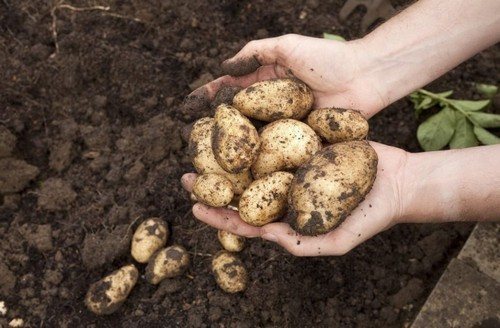
Soil preparation
Compared to other vegetables, potatoes are not picky about the soil, but even they are not recommended to be planted in one place for several years in a row to avoid depletion of the soil and its infection. It is best to plant potatoes after oats, cabbage, legumes and pumpkins. The worst predecessors in this case are representatives of the nightshade family, sorghum and sunflower.
If it is not possible to change the crop on the site, it is necessary to change the potato variety annually and feed the soil with organic fertilizers.
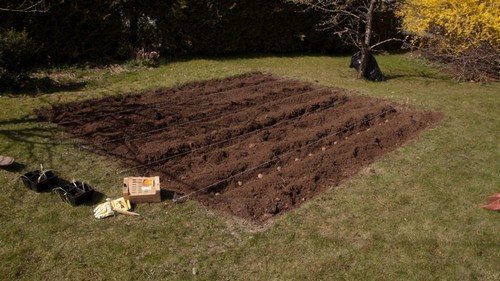
Selection of tubers for planting
The ideal planting material would be tubers the size of a chicken egg, approximately 60-70 g. Smaller potatoes can also be used, but then they must be without any flaws. It is allowed to divide large potatoes into parts.
Any tubers showing signs of disease and lethargy are excluded. Before planting, the material must be germinated by first placing it in a warm place for one week.
Disinfection
To prevent pests and diseases, planting material must be treated.There are two ways: soaking in a special solution for several hours or spraying with a spray bottle. Garlic, boric acid, copper sulfate or potassium permanganate are often used to prepare the solution.
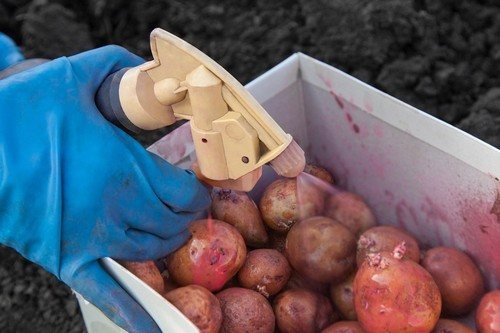
Stimulating incision
To increase the yield, before germination begins, a special transverse or longitudinal cut is made on the tubers, allowing the eyes located in all parts of the potato to grow (usually only the upper eyes grow). A deep cut is made perpendicular to the axis, leaving only a small jumper connecting the two halves.
Planting date and depth
The time for planting potatoes is determined by the sufficient level of heating of the upper decimeter of the earth (up to +8 ºС). In the southern regions this becomes possible by the end of March, in the northern regions only by mid-May. Potatoes must be planted in barely moist soil to a depth of 6 to 15 cm, depending on the region. The drier the climate, the deeper the tuber should be planted. This will provide him with access to moisture.
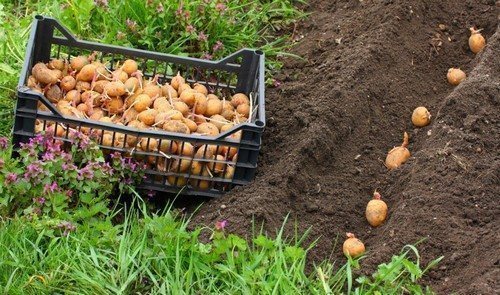
Fertilizers
For a better harvest, planted potatoes must be fertilized. It is optimal to carry out this procedure in three stages:
Stage 1. Its time comes when the tops of the seedlings begin to grow weakly, acquiring a pale tint. It is necessary to feed the plant with a solution of urea (1 tablespoon of urea per 10 liters of water; 1 liter for each bush).
Stage 2. At the very beginning of flowering, the potatoes need to be fed again, now with a solution of wood ash (a glass of wood ash per 15 liters of water; for each bush - 0.5 liters).
Stage 3. The last fertilizer is introduced at the end of the plant's flowering. To prepare the fertilizer, you need to dissolve a glass of mullein or bird droppings and 2 tablespoons of superphosphate in a 10-liter bucket.
Watering
Despite popular belief, potatoes need watering, and not only during periods of lack of rain and scorching sun. During the summer it must be watered with warm, settled water 2-3 times. It is best to water directly under the bush or between the rows, avoiding spraying on top of the bushes. This will reduce the likelihood of potato tops being affected by late blight.
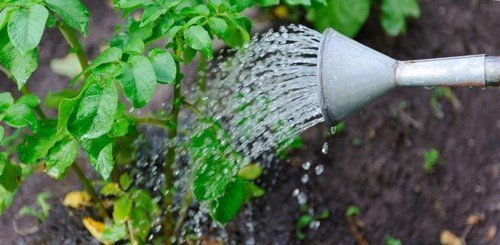
Hilling
Hilling is a method of processing the soil with a hoe, hiller or chopper in such a way that the stem of the plant is well covered with soil. Potatoes are hilled twice during the growing period. The first time it is better to do this on a still growing bush, filling it to a height of 10-12 cm, the second time - on an already mature plant, sprinkling it to a height of 18-20 cm. In dry weather, it is better to replace hilling with loosening.
Pests
The most dangerous enemy of potatoes is the Colorado potato beetle. Prevention against its invasion is carried out with special chemicals from early spring to late autumn. It is necessary to cultivate not only the bushes during the growth of the crop, but also the land itself during its rest period. These beetles are extremely hardy and can live in the ground for up to two years.

Cleaning
There are several methods for harvesting potatoes. The Dutch method is recognized as the most effective. According to it, 10 days before harvesting, it is necessary to trim and remove all the tops from the garden in order to allow the tubers to finally “ripen”.Another option involves burying the bush about two weeks before harvesting and thereby allowing the potatoes to become saturated with starch. With any method, the bushes are carefully dug up at a sufficient distance so as not to damage the tubers. After the potatoes are dug, they need to be thoroughly dried and warmed in the sun.


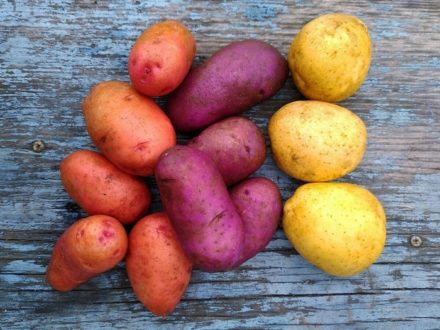
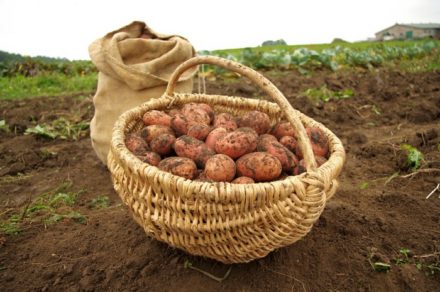
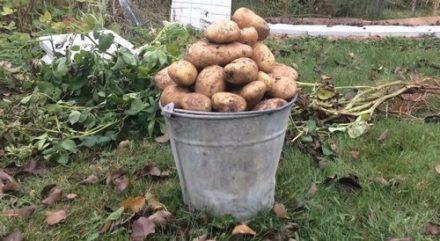
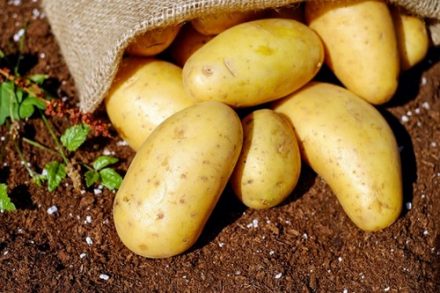


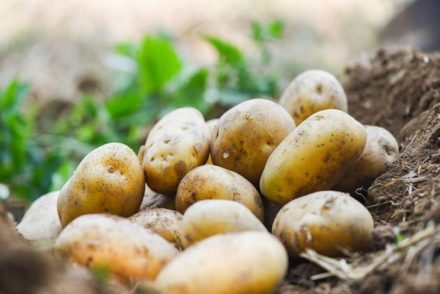


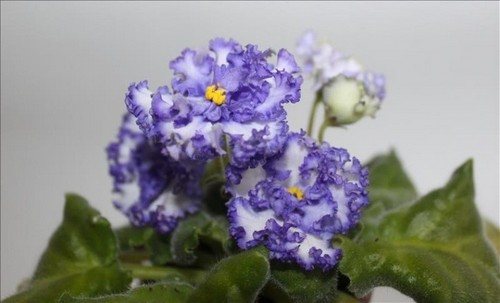
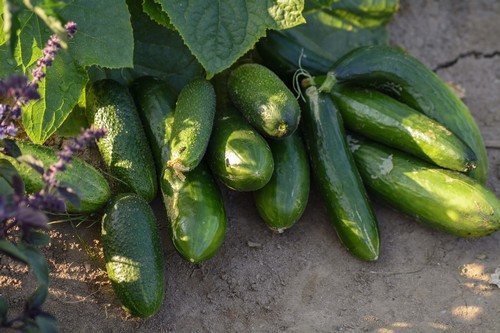
You write that after digging the potatoes need to be warmed in the sun. But what about the formation of poisonous corned beef in tubers?